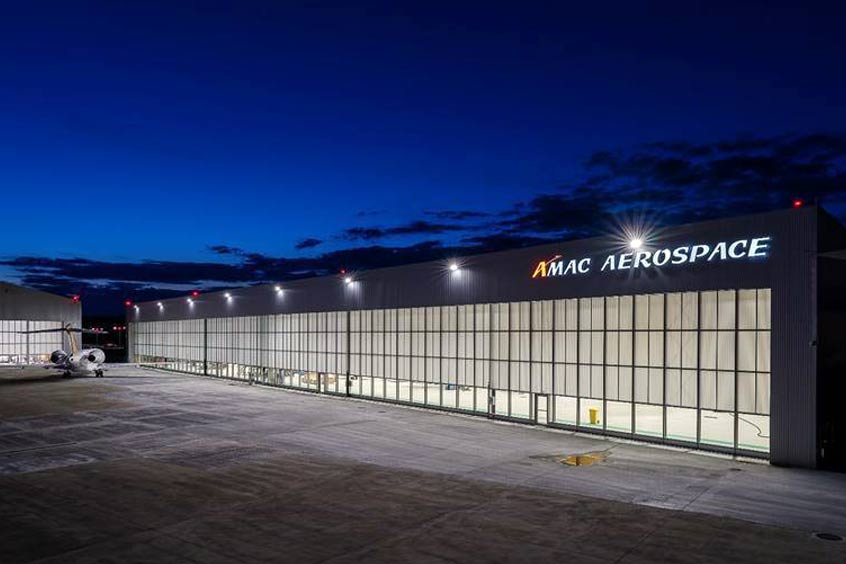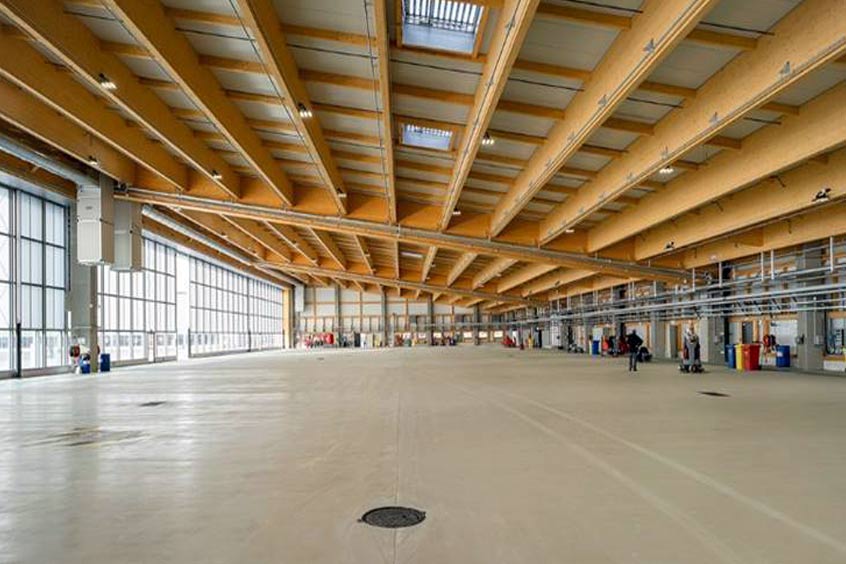Why visit ACE ’25?



After 12 months of construction time, AMAC Aerospace's newest hangar has opened its doors to welcome the first midsize jets. The new building offers space for up to seven midsize aircraft and adds 4,850 sqm, plus 30,000 sqm of new apron to the VIP completions and maintenance specialist's four existing hangars at EuroAirport in Basel, Switzerland.
“We are proud to have managed this project successfully in this demanding time frame,” comments Bernd Schramm, group COO. “The hangar will be dedicated to midsize jet maintenance and can accommodate up to seven midsize jets like the Bombardier Global, Challenger series or Gulfstream series or a combination thereof. The maintenance services for these types of aircraft were always highly in demand and they are steadily increasing due to our highly recognised quality of work.”
The mid-size jets serviced by AMAC in Basel includes: Bombardier BD-700 (Global Express/Global Express XRS/Global 5000/Global 5500/Global 6000/Global 6500; as of April: Global 7500) series; Bombardier BD-100 series (CL 300/350); Bombardier CL-600-2B16 series (CL 604/605/650); Gulfstream GIV (G650/650ER), G450, GV Series, G550, G650, GVI, GVII, (G500/G600); Pilatus PC-12 series; and Pilatus PC-24 series.
AMAC’s hangars are known for their wooden structure. The solid wood frame structures consist of several layers of wood; they are laminated to increase the rigidity and are ecological. The wooden bars were cut and shaped in the factory, so by the time they reached Basel, they were ready to be installed like Lego bricks. The transport of the massive wooden beams was exceptional: 11 special-purpose trucks had to be organised to bring these wooden elements from Alsace in France to AMAC’s hangars at the EuroAirport in Basel.
To build the hangar construction, a pneumatic crane was needed. Since the crane interfered with the required safety distance of seven per cent to the runway, it had to be ready to be removed in a very short space of time. Given an emergency when the runway would have to be cleared, it needed to be possible to deconstruct the crane within 20 minutes. Fortunately, this was never the case, and the project was spared of any accidents.
“Since Basel lies in a seismic area, safety comes first,” explains Philippe Schurrer, project manager and director safety and security, facility management. “Several columns were sunk six metres down in to the ground. The hangar is standing on these reinforced foundations which are able to absorb any shocks or vibrations. Hangar 2, 3 and 4 are built after the same principle, even going down to eight metres, Hangar 1 has the same depth as Hangar 5.”